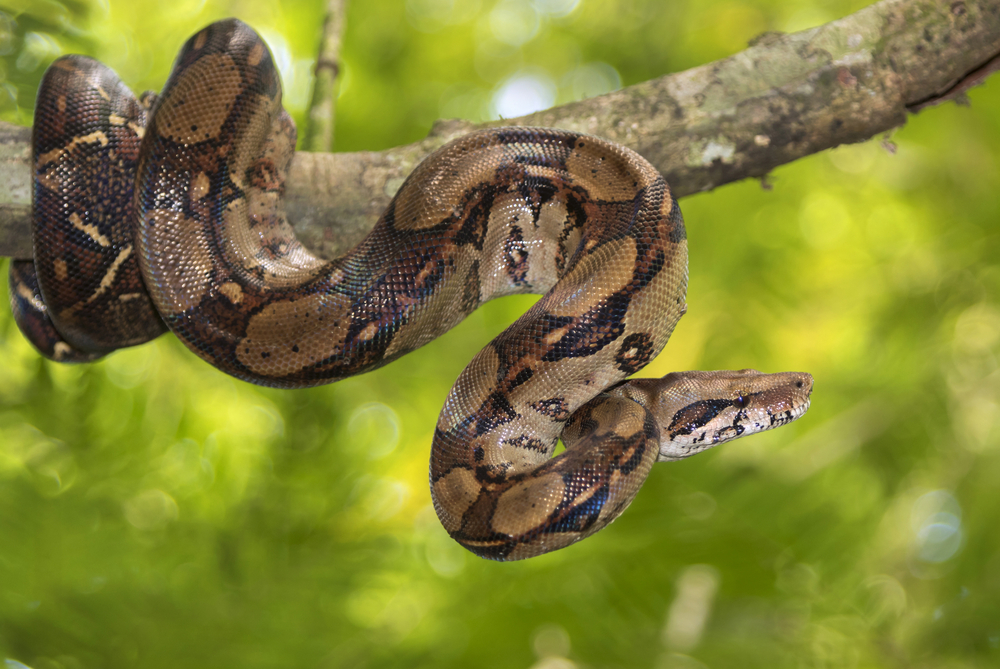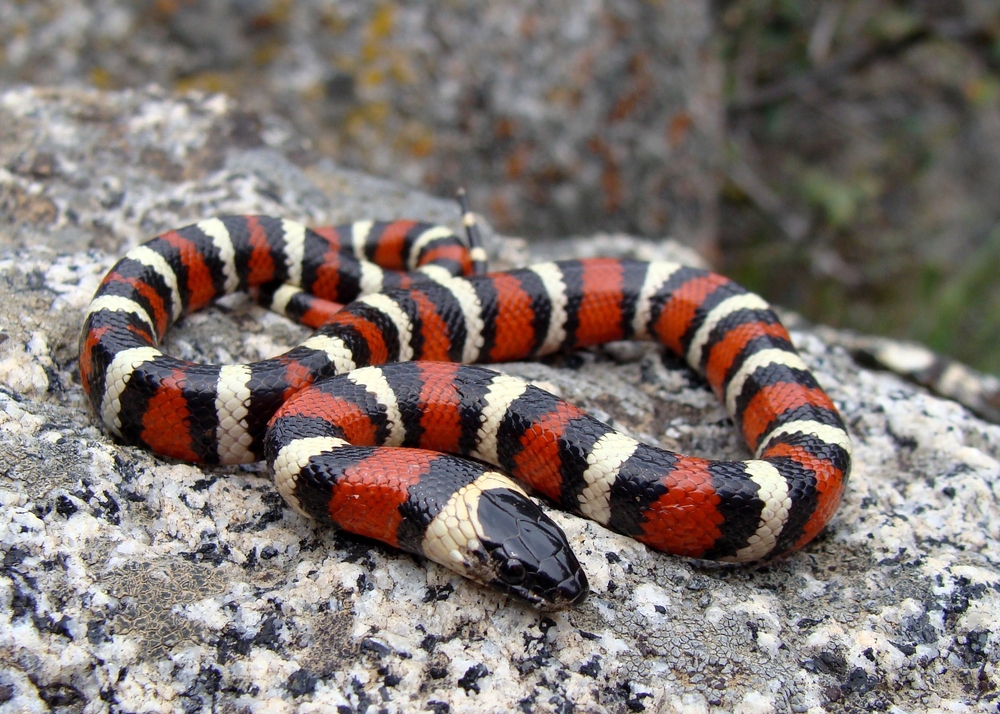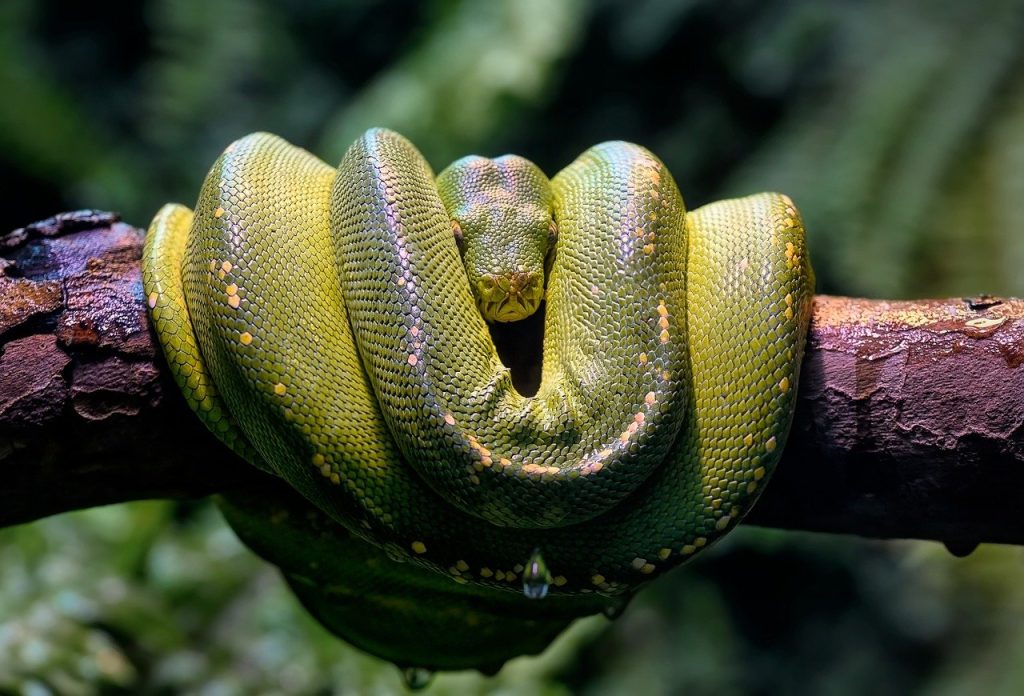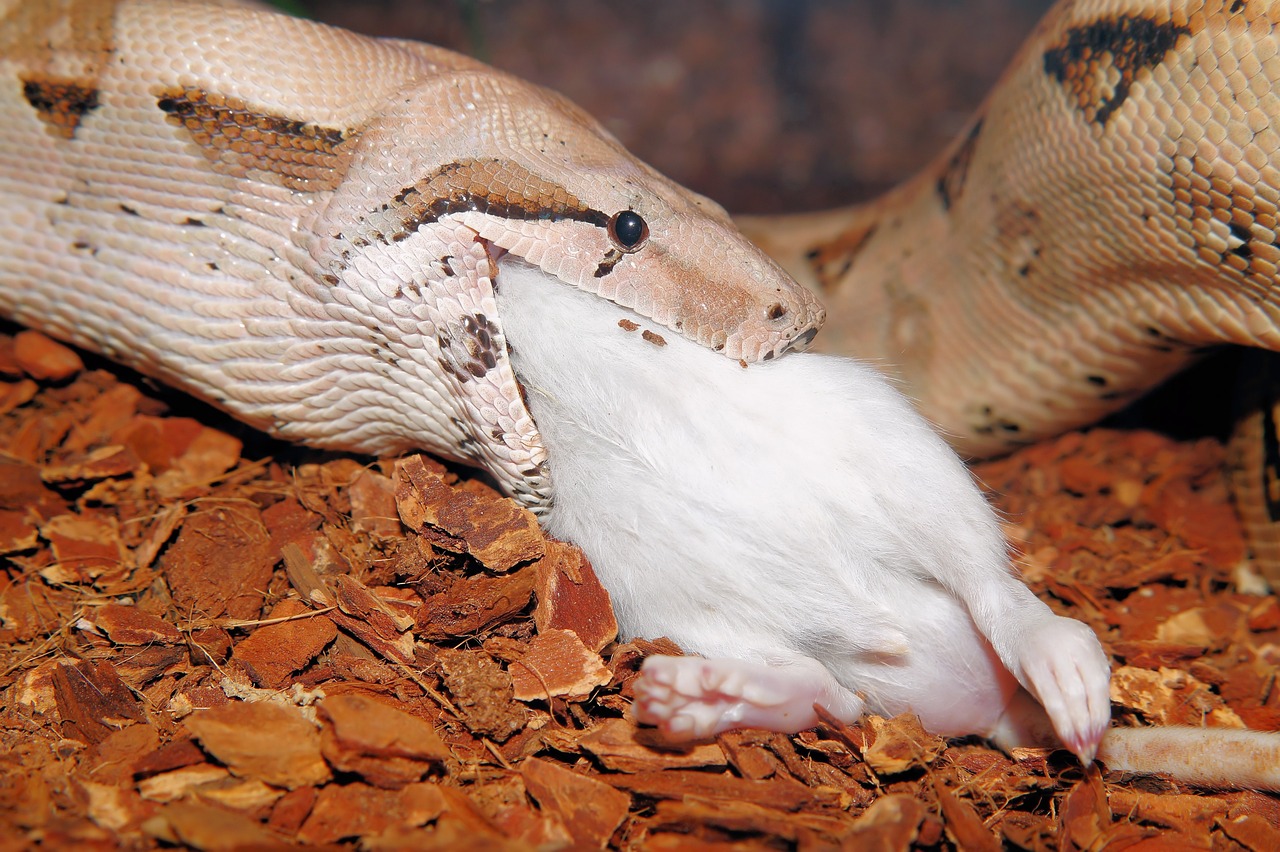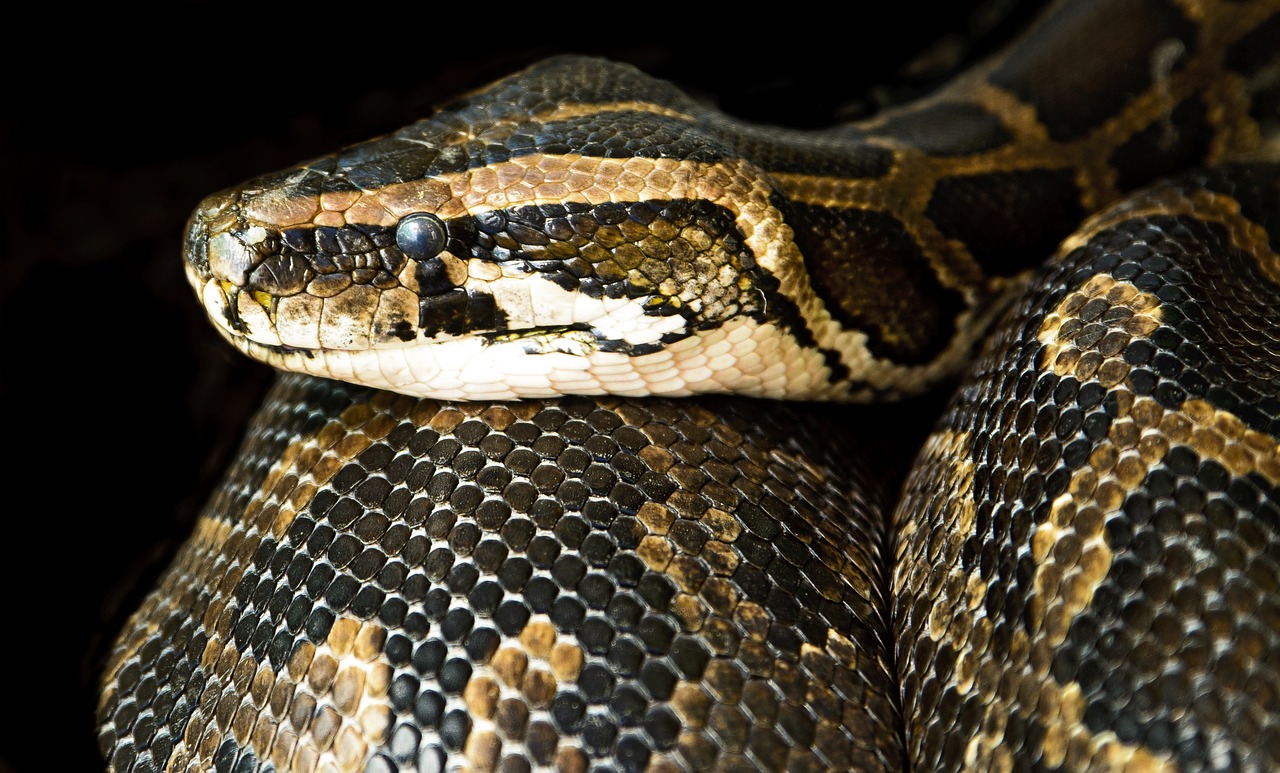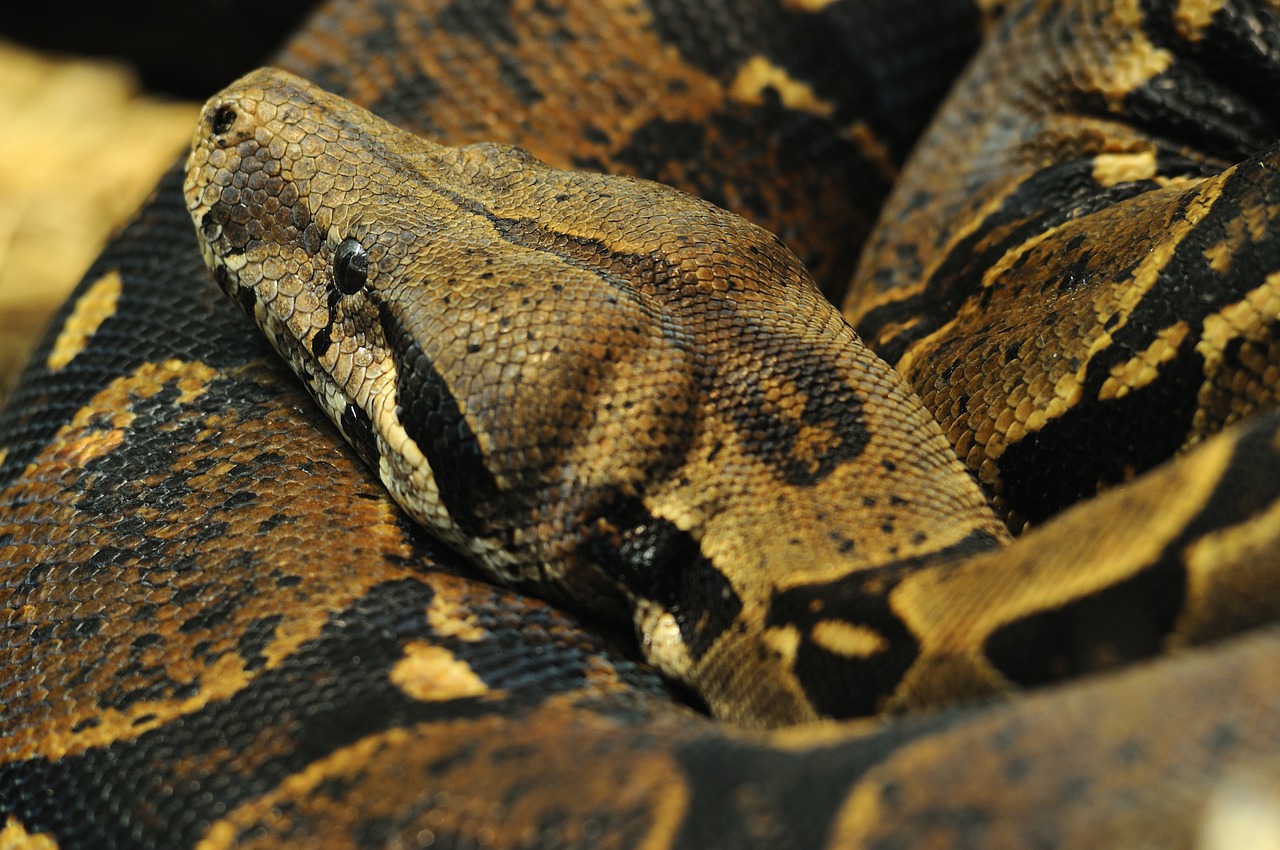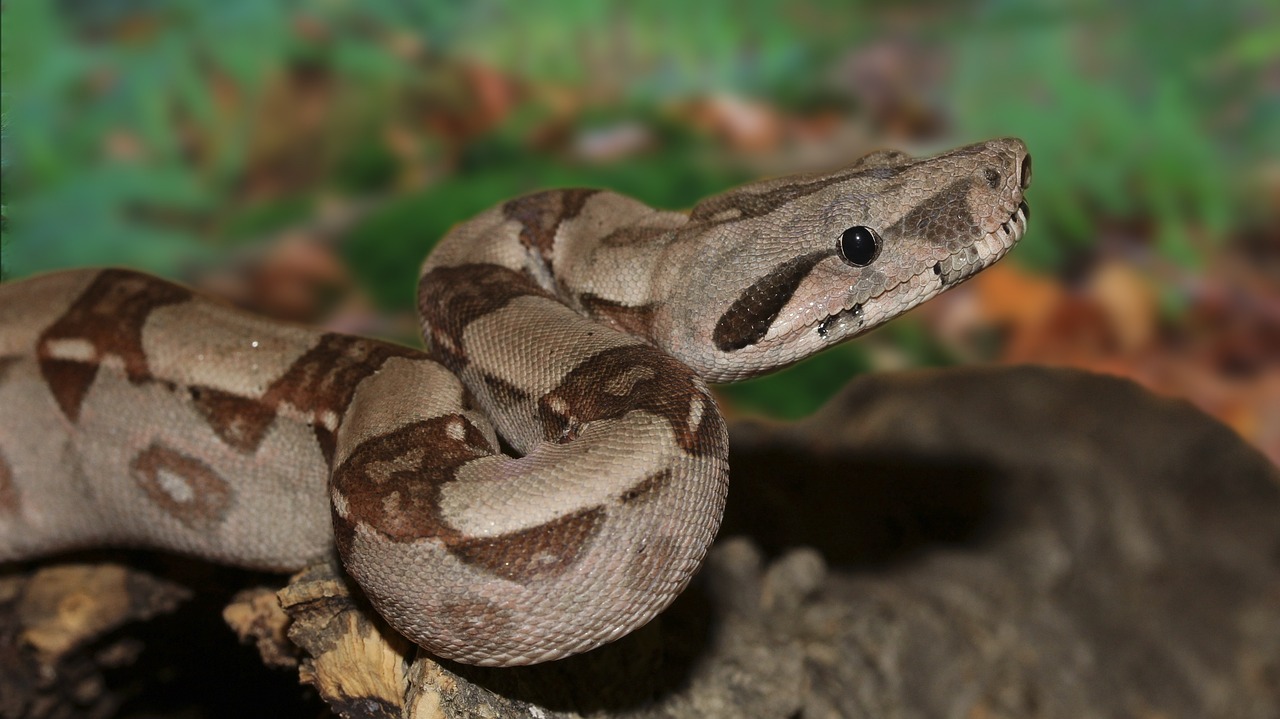Uniqueness
The Boa Constrictor (Boa constrictor) is unique for several reasons that set it apart from other snake species:
1. Constriction Method: One of the most notable traits of Boa Constrictors is their method of killing prey. Unlike venomous snakes, they use constriction, coiling their muscular bodies around their prey and suffocating it. This efficient hunting strategy allows them to subdue animals larger than themselves.
2. Size: Boa Constrictors are among the larger species of snakes. They can grow to considerable lengths, with some individuals reaching over 10 feet. Their size and muscular build make them formidable predators.
3. Heat-Sensing Pits: Like other members of the Boidae family, Boa Constrictors possess heat-sensing pits on their faces. These organs enable them to detect the body heat of their prey, aiding them in hunting, especially in low-light conditions.
4. Wide Geographic Distribution: Boa Constrictors are found across a diverse range of habitats in Central and South America. They adapt well to various environments, from tropical rainforests to arid savannas.
5. Reproduction: Boa Constrictors are ovoviviparous, giving birth to live young rather than laying eggs. This reproductive method is relatively rare among snakes and offers the advantage of not requiring the protection of laid eggs.
6. Longevity: They have a relatively long lifespan compared to many other snake species, living up to 20-30 years in the wild and even longer in captivity.
7. Cultural and Economic Importance: Boa Constrictors hold significant cultural value in many of the regions they inhabit. They are also popular in the pet trade, though this popularity has led to challenges in conservation and management.
These characteristics, combined with their distinctive appearance and behavior, make Boa Constrictors a unique and fascinating species within the reptile world. Their role in their ecosystems as top predators and their adaptability to different environments highlight their ecological importance.



































































